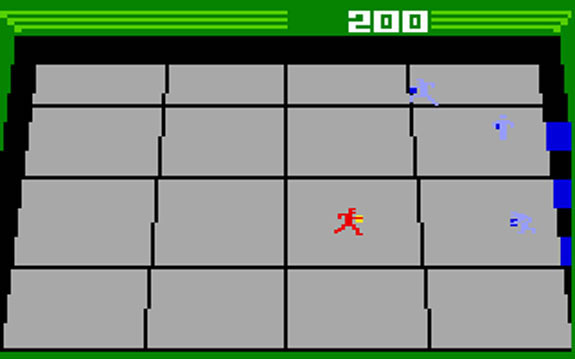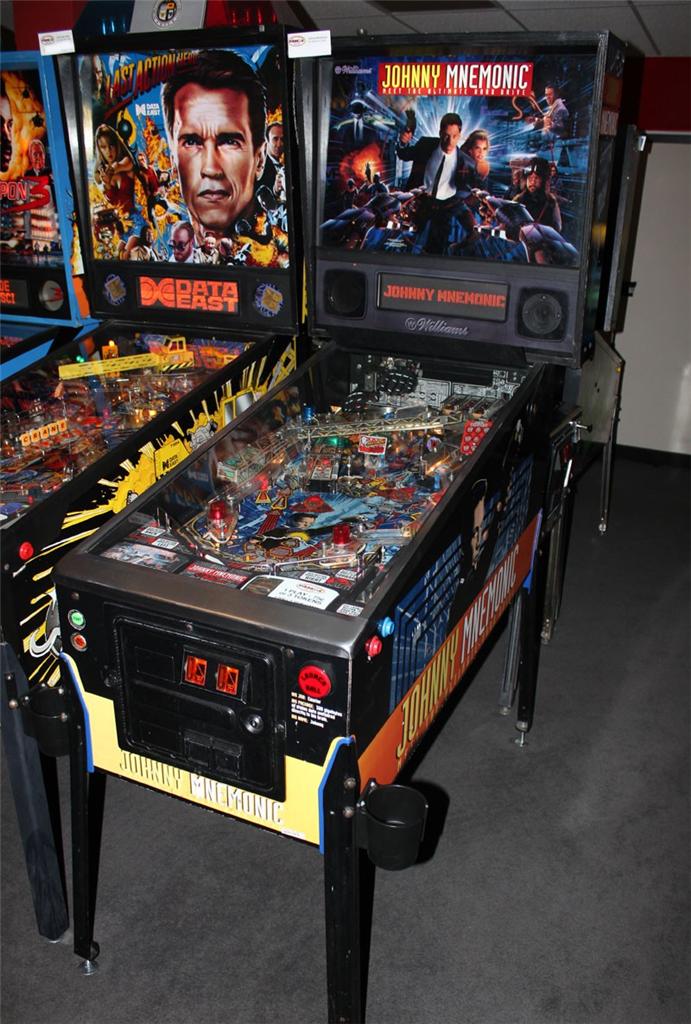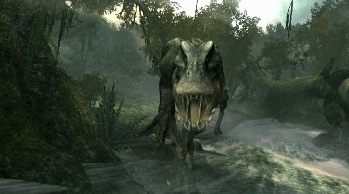How exactly are GoldenEyes levels not sets? Because they have more doors or some crap?
They were designed to be architecturally and geographically sensible locations first and foremost. Facility is the purest expression of this ethos, followed by the Bunker. Not to mention stuff like Frigate. Quite a few of GE's missions are overhangs of GE's origins as a rail shooter. I think the Train is the best example of this. Level design was often genuinely interconnected in an architecturally conscious way. You look at Frigate, and you're essentially given free reign to explore the entire ship. No door is closed to you.
If you're going to criticize Half-Life for being linear, you cannot ignore the fact that GoldenEye was equally as linear. Half the maps were literally just curved lines that funneled you towards the objective.
Those maps were generally the rougher ones, that hadn't been fully fleshed out from the rail shooter design template. However, you'll note that, for example, you can open every carriage on the train. Facility was a rail shooter map at one point, but it was heavily fleshed out with looping sections, back areas, an side rooms designed to create a sense of a genuine place where people worked. And you could of course enter all these rooms. It was about level design that felt real, perhaps redundant, even.
GE was definitely influential, but not for level design or narrative strength.
Looking Glass Studios were huge fans of GoldenEye. GE's approach to level design, and mission design in general, were an influence much deeper and more subtle than people give it credit.
As for narrative, one of the things GE did very well was to replace cutscenes with interactive set pieces. Other games had toyed with this, like the Star Wars FPS titles, but GE's approach was extremely innovative, not to mention bold.
For example, in Facility you meet Alec Trevelyan, and the dialogue from the film is used almost verbatim.
"One half of everything is luck."
"And the other half?"
*Alarm blares*
"Fate."
Suddenly Russians burst through the doors, run down the stairs, and surround Alec. Despite some tech limitations and narrative truncation, Alec's "death" scene is recreated without ever taking control away from the player. This was amazing stuff for 1997.
Also in Facility, one of your objectives is to find a door decoder. You find Dr. Doak, and have a conversation with him, followed by him giving you the decoder. This is all seamless. No cutscenes, no player being locked in place or nailed to the floor.
The whole "walk around while NPCs talk" thing that HL2 gets a lot of credit for pioneering was done in GE and Perfect Dark years earlier. The difference is that Perfect Dark tended to allow players to walk away if they didn't want to keep listening to NPCs talk.
Similarly, as Bond, you fight through the Train, reach the room at the back of the train, and find Ourumov, Natalya, Alec, and Xenia. A brief stand-off. The player never loses control as they rescue Natalya. Natalya rushes the computer, and starts trying to trace Boris' connection, as you, the player, use your watch to cut the floor panel. As this occurs, Bond, Natayla, and Alec exchange a stripped down version of their dialogue from the film.
Strife in 1996 touched on some similar stuff, but it didn't seamlessly blend gameplay and storytelling in the way GoldenEye did. NPC interactions were like a traditional RPG.
In a lot of ways, GoldenEye was a lot more ambitious when in came to NPCs interacting with the player than something like Half-Life. Half-Life didn't have long sequences where an NPC followed you, discussed things with you, and performed environmental tasks.
When you play Call of Duty, and there's a friendly NPC who banters with you, and who opens doors for you, I feel that is ultimately GoldenEye's influence, not Half-Life's. You might say, "But what about Alyx? HL2?" Well, it's not like HL2 invented companion characters and extended escort missions. GoldenEye defined the "friendly female NPC who accompanies you, fights alongside you, and hacks things sometimes.
I must also point out that HL1 was completely rebooted in mid 1997, a month or so before GE was released. It's not unlikely that somebody at Valve played GE during HL1's development.
I think at the end of the day, the true successor to GE/PD's underlying design philosophy has been Hitman. Hitman is drowning in Bond references. But it's more than that. Hitman's approach to mission design is almost identical to something like Air Base in Perfect Dark.
In Air Base, you intercept an air hostess on her way from the cable car to the base, and steal her uniform. In disguise, you make your way into the base, past reception, but first have to double back upstairs to steal a briefcase and subdue the men who try to stop you. You take this briefcase into the air base, and place it on a conveyor belt with your weapons inside, so you can access them aboard Air Force One.
Up until this point, the air base guards will react with surprise if they see you with a firearm. You're a mere air hostess. What's interesting is Perfect Dark's "fuzzy" approach to AI. NPCs don't just shoot you for acting suspiciously. Unless you hide the gun quick smart, they'll go from curiosity to concern to alarm.
Now that you're clean, you then run through the metal detector corridor, and get to the security room to stop the bag being detected. Between you and the security room is a large area with an NSA agent. This guy faces the escalator. NSA agents work for Datadyne. Your air hostess disguise won't fool a Datadyne agent.
There are also other objectives such as obtaining a copy of the flight manifest. Eventually everything goes to shit and you're forced to fight NSA agents trying to take over the base. Bear in mind you have two routes to board Air Force One, and these change your starting position aboard the plane, and thus affect how you execute your undercover mission aboard the plane. Reaching your weapons is harder if you have to trespass where you're not supposed to.
This is uncannily like Hitman. And also Splinter Cell, particularly Chaos Theory.
Yes, PD and GE are different games, released three years apart. And it is important not to project PD's innovations onto its cruder predecessor. But they share a design philosophy. And GoldenEye/Perfect Dark's design philosophy never quite disappeared. it manifested in the "immersive sim" genre. Games like Prey are a lot like GoldenEye. Especially the way Prey handles NPC interactions, curiously. You know the bit in Prey where you wait for a robot to complete its cycle to get through a door? Perfect Dark had these cleaning robots that patrolled around and doors opened for them. You could hack these cleaning robots to change their routes and allow you access to a back area more easily.



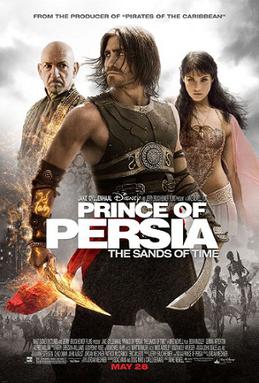


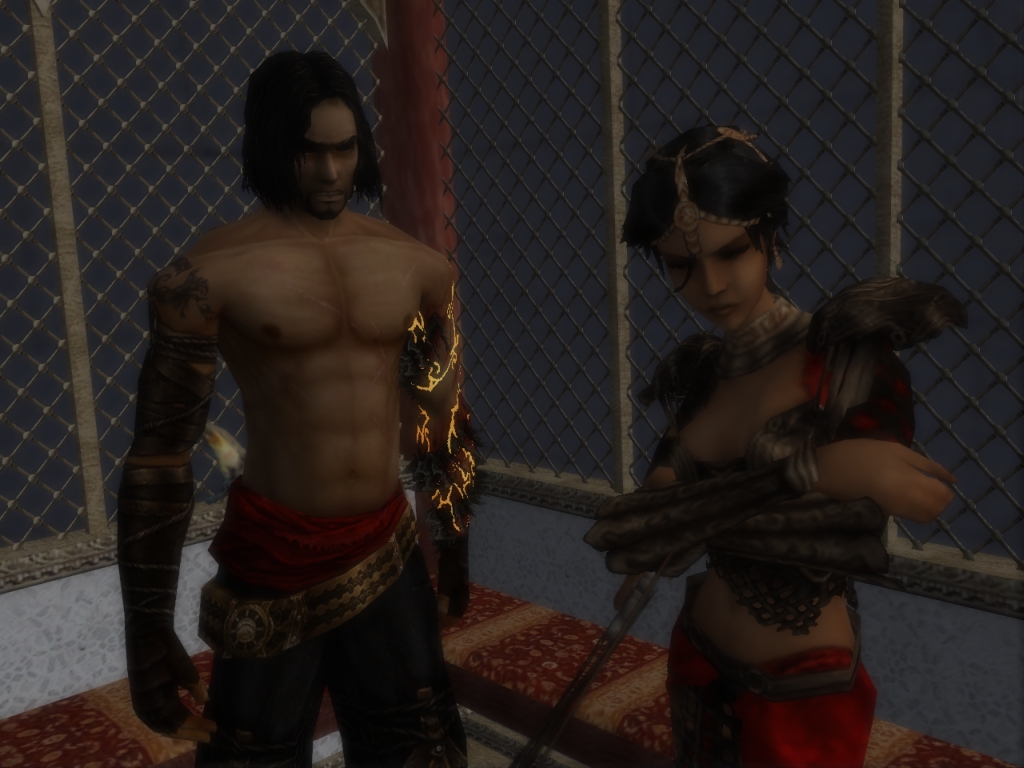
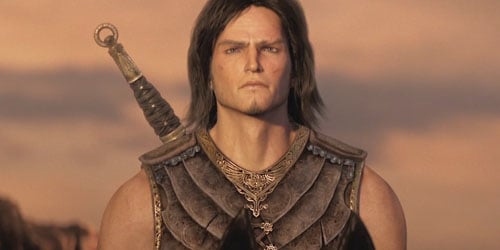
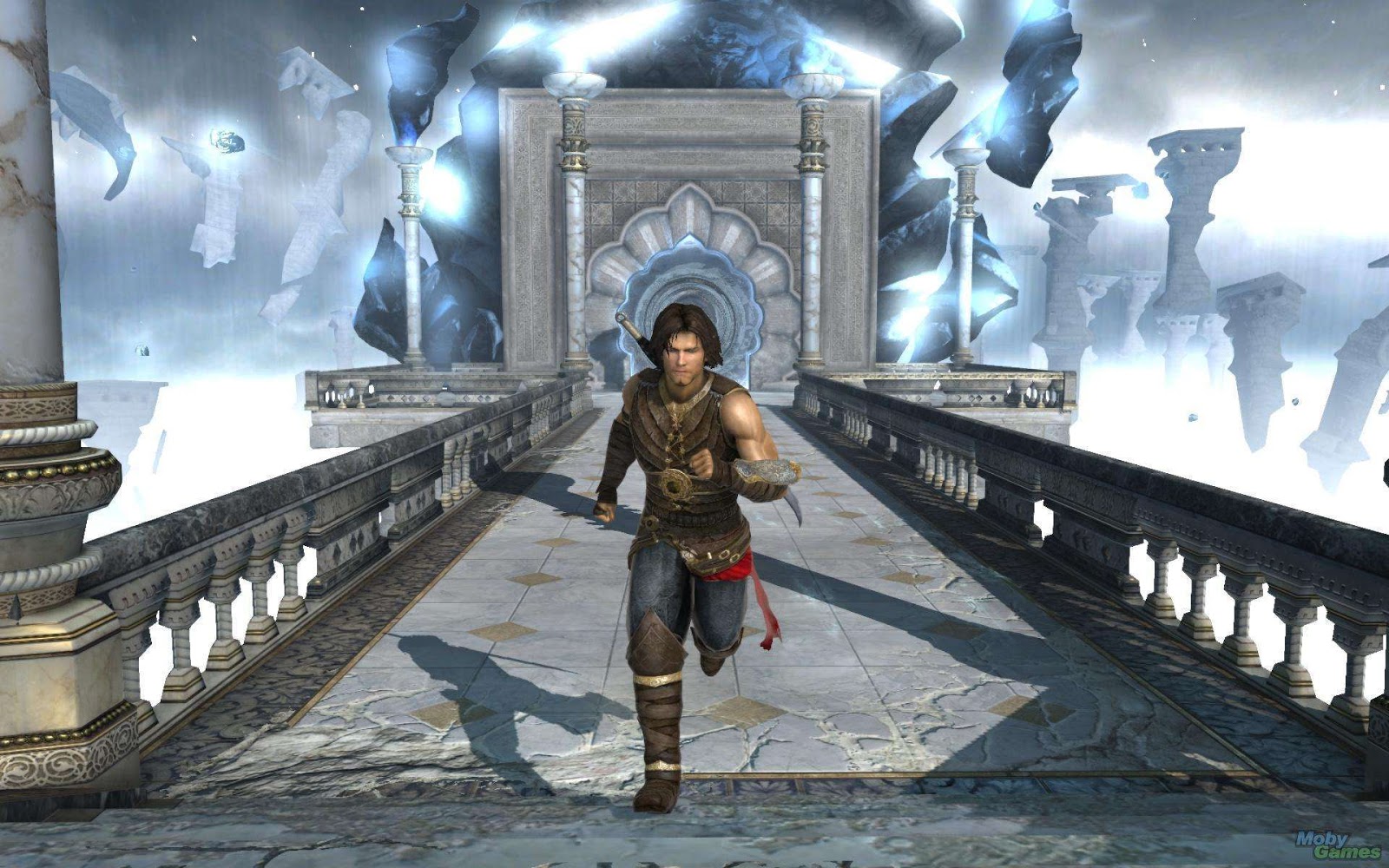
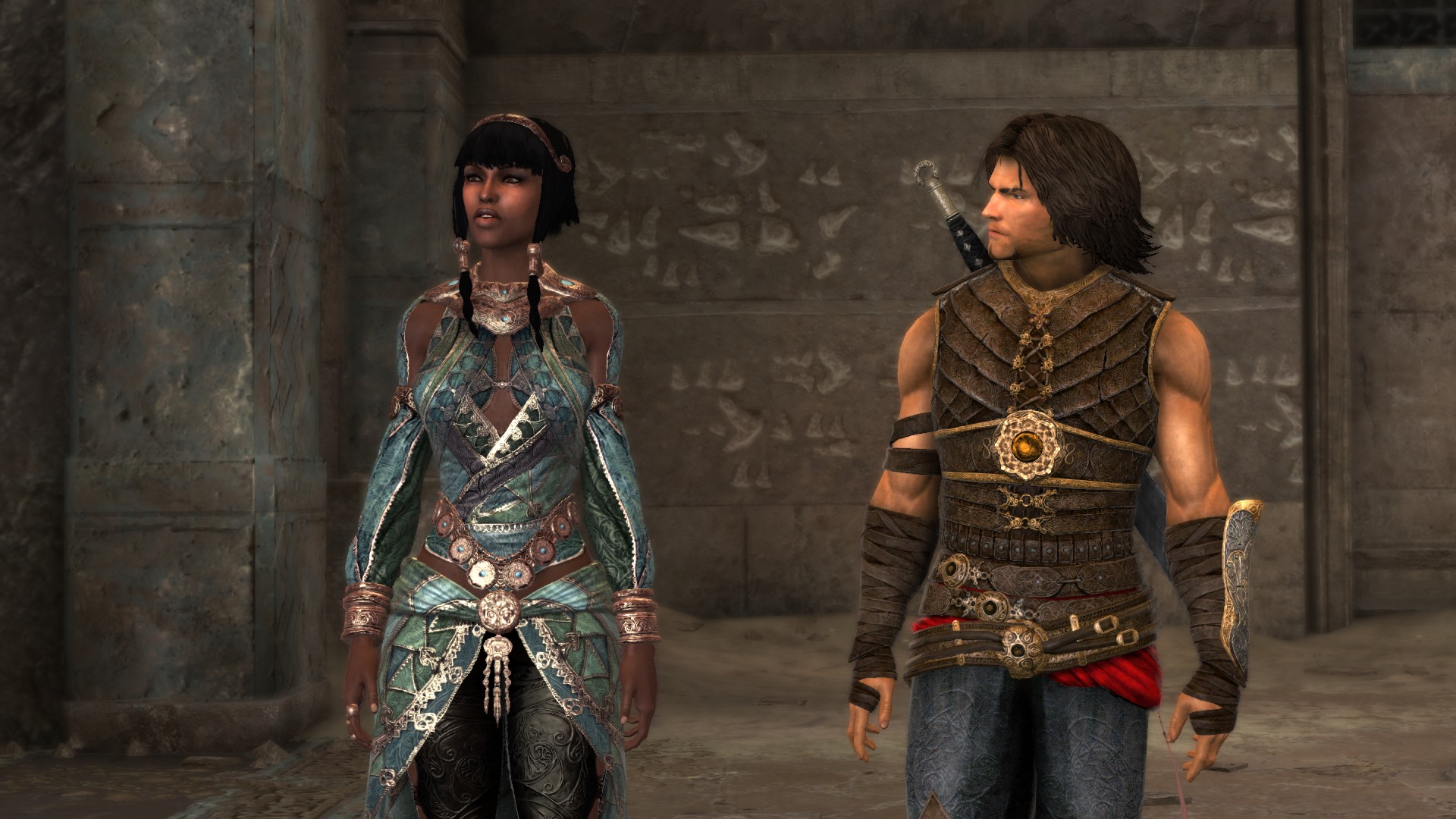
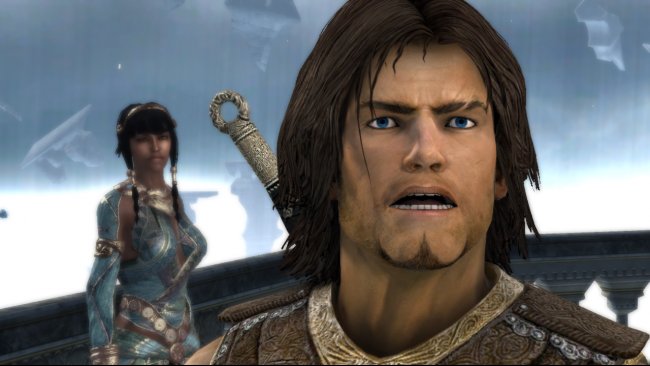



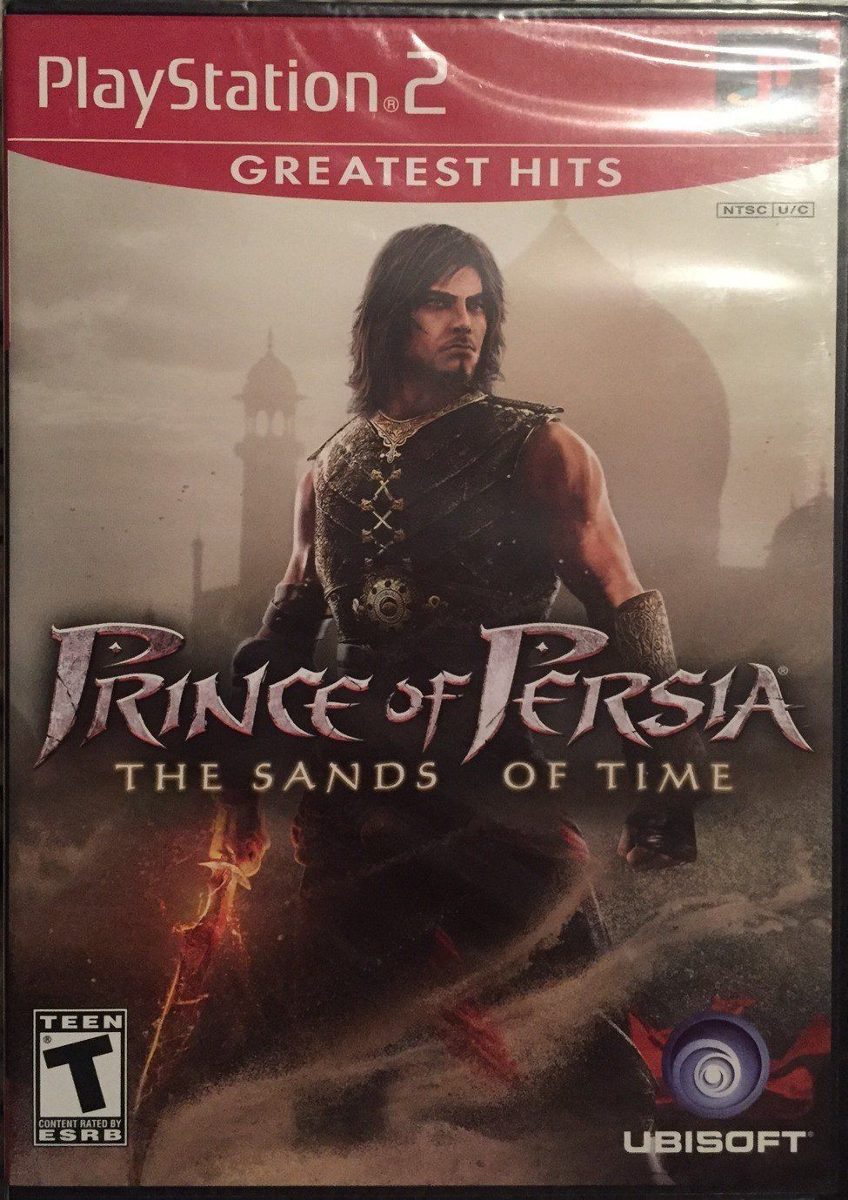


_51.png)
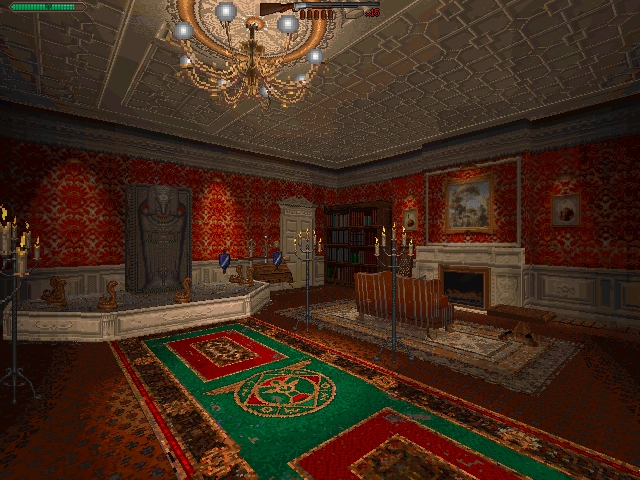


_41.png)
_50.png)

